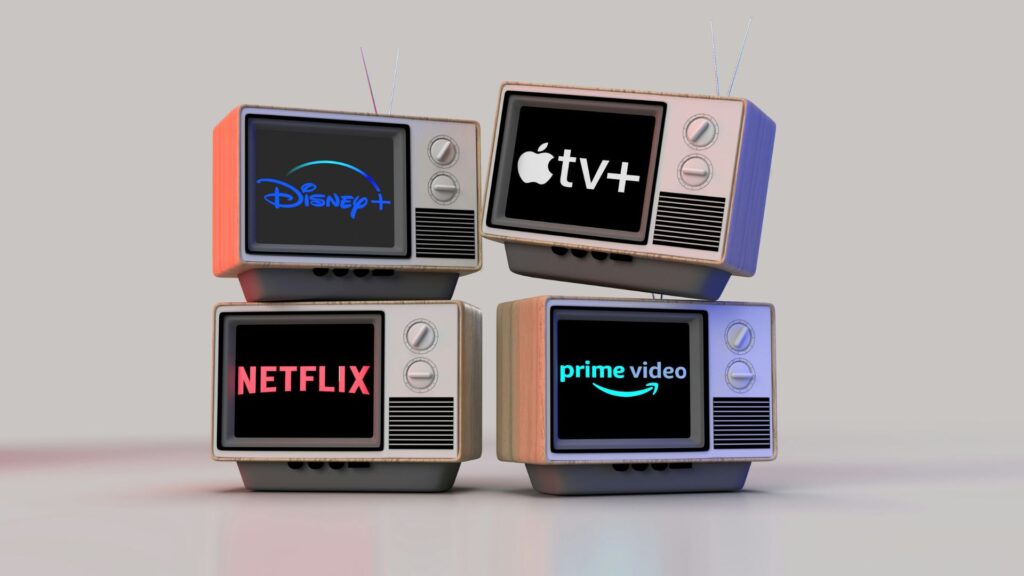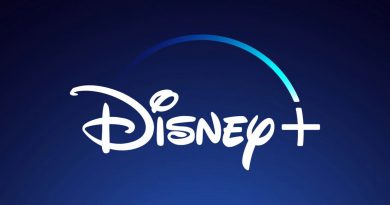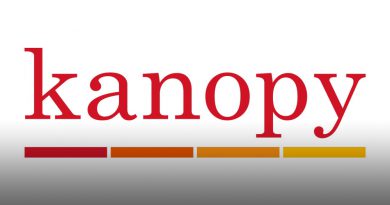Are Streaming Services Becoming Entertainment’s Greatest Villain?
Long ago, cable television was eating into our pocket books. Now streaming services are doing the same.
Forbes reported that Americans spend an average of $46 monthly on streaming services. Based on the number of subscribers, the top four streaming services are Netflix (269.6 million), Amazon Prime Video (200 million), Disney+ (153.6 million) and HBO Max (99.6 million). If you subscribe to the top four services, you pay about $54.46 monthly for their standard ad-free plans.
Considering the constant price hikes and strict service regulations, this paints a dark future for streaming.
Passwords and geo-blocking are the biggest restrictions. Multi-person households typically share services, so if one member leaves, they need a personal subscription.
Some services have tried to attract consumers with bundles. For example, Comcast has a Netflix, Apple TV and Peacock bundle for $15 per month. They help you save money, but how long will it be until they are no longer enough? And even if you subscribe to several streaming services, you can still miss out on some hit shows.
At least there’s the consolation that they offer endless content. However, digital media lacks permanence.
Some streaming services modify fan-favorite films and shows but don’t specify exactly what has been changed, leaving audiences in the dark.
Viewers were quick to catch an example in Lilo and Stitch. When Lilo is getting chased by her big sister, Nani, she hides in a laundry machine. However, in Disney+’s version, the movie has been edited to show Lilo hiding in a cabinet.
We’re currently living through a crisis in which the media’s future hangs in capitalists’ hands. Movies and shows are only worth preserving if the numbers are high enough, and DVDs are becoming a niche rather than commonplace.
Automatic streaming and binge-watching aren’t the only perks of these services; they also produce original shows like Netflix’s House of Cards. However, audiences can no longer depend on lengthy, high-quality content from streaming platforms. Now, shows are mass-produced, with lower-quality, shorter seasons and uncertain futures.
A few popular shows with dedicated fans might get more seasons, but this benefits creators, whereas a multitude of shorter shows with only one or two seasons benefits the streaming platforms that own the shows.
Streaming services were once the pride and joy of the entertainment industry. They were all the good that renting services weren’t and for a price that made cable television seem worthless.
Although the numbers speak for themselves, and streaming services are clearly going nowhere, it seems what was once the savior of entertainment is on its way to becoming its greatest enemy.




